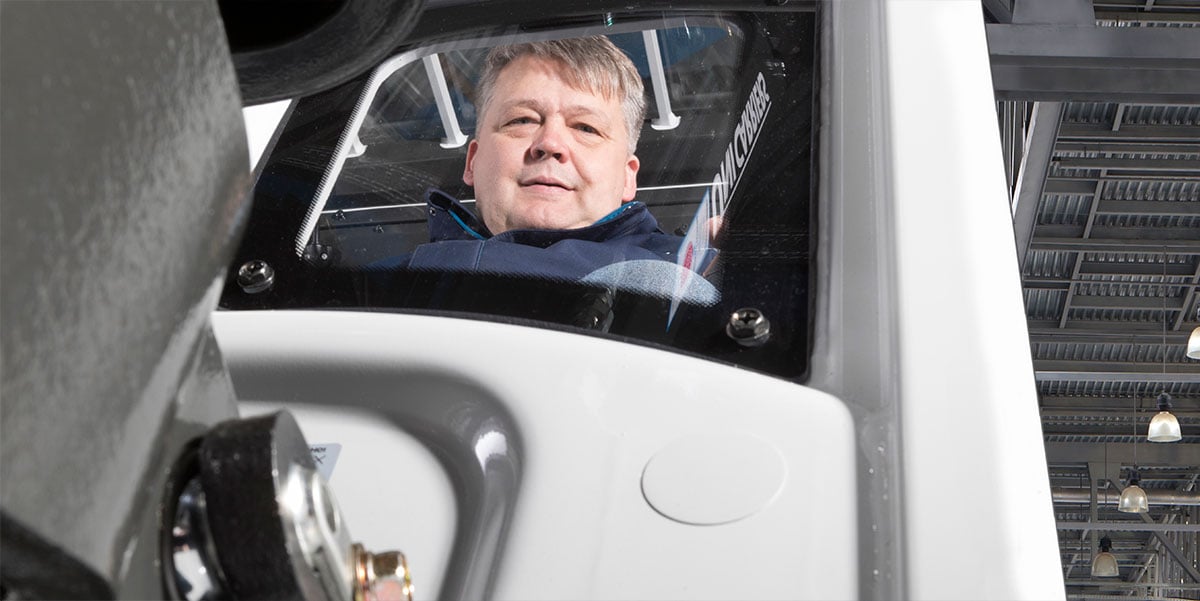
Important ergonomic forklift features often take the form of driver-adapted controls or smart safety sensors. But good visibility is an important ergonomic factor, and it's vital in ensuring the safety and well-being of drivers and other warehouse staff.
The most obvious issue of poor visibility is safety. Drivers who can't get a good view around the truck during operation are more likely to be involved in accidents which can cause serious damage to trucks and goods, and in the worst cases, injuries to staff. Choosing a forklift that offers excellent visibility won't only reduce the costs of maintenance and damaged goods, it will also help to make your materials handling operation a much safer place to work.
But even if accidents don't occur, poor visibility can create other safety issues for drivers. A forklift operator who constantly has to move their body and head to get a good view of their load and the road ahead will be put under high levels of strain. Over time, these movements can cause injury, especially in the back or neck. A driver in a forklift designed for good visibility should be able to get a decent view while remaining in a neutral position, and is less likely to be absent from work due to strain injuries.
Good visibility is aided by the design of the truck's chassis, mast and overhead guard, but other features can contribute - such as the backrest, which can be made narrower to make it easier for the driver to look behind or to the side. Design tweaks like the transparent front panel on the TX counterbalance, for example, can also give the driver a better view of their forks, bringing increased speed and safety while picking up pallets.
Do you want to know about other ergonomic features that can boost driver safety and productivity in your warehouse? Click the button below to get our free guide The top 6 ergonomic and safety features you need on your next forklift, and start learning more.






































Comment